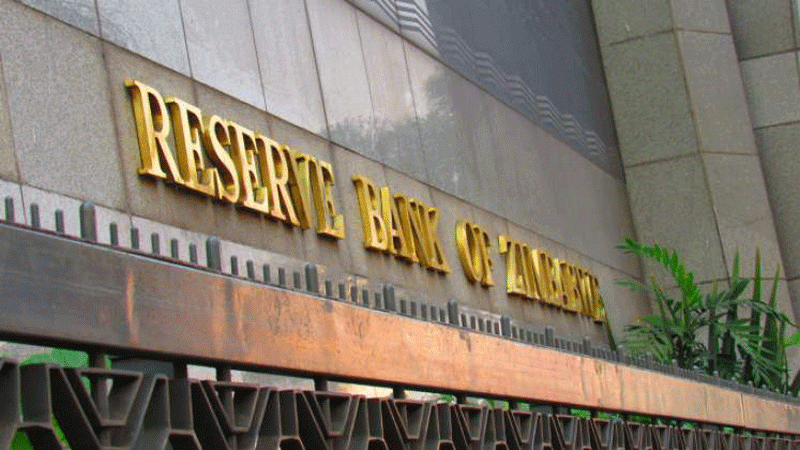
THE Reserve Bank of Zimbabwe (RBZ) yesterday reviewed upwards transactional limits for payments made via mobile money and electronic funds transfer platforms.
In a statement, the central bank said the move was meant to support the payment of goods and services in the ZiG.
“The Reserve Bank of Zimbabwe wishes to advise the public that transactional limits for payments made via mobile money and electronic funds transfer platforms have been reviewed upwards to further support the payment for goods and services in ZiG,” the central bank said.
“To reflect the movements in the official rate, the transactional limits have been reviewed . . .”
It doubled the transaction limit of person to person from ZiG2 400 to ZiG4 800, with the monthly limit capped at ZiG16 000, up from ZiG8 000.
The figures were the same for transactions by an individual to a business entity, just as the ZipIt option.
The central bank also reviewed electronic fund transfer limits, with business to business (trade payment batches) being set at ZiG560 000 up from ZiG280 000, whereas the transaction limit was set at ZiG48 000, up from ZiG24 000.
For the business to person transactions, the batch limit was set at ZiG160 000, up from ZiG80, while the transaction limit was raised to ZiG16 000 from ZiG8 000.
- Awards target married couples
- Awards target married couples
- Rampaging inflation hits Old Mutual . . . giant slips to $9 billion loss after tax
- Monetary measures spur exchange rate stability: RBZ
Keep Reading
“For the transacting public’s convenience, the bank will continue to monitor transactional limits and review them to promote a cash-lite economy and continued ZiG stability.”
The ZiG was devalued by 43% on September 27 after the gap between the official and unofficial exchange rates significantly widened, in part due to dollar shortages caused by increased food imports because of a severe drought in southern Africa.
The central bank devalued the ZiG to 1:23,4 against the greenback up from 1:14.
Yesterday, the dollar that was trading at ZiG28,6829 against the dollar.










